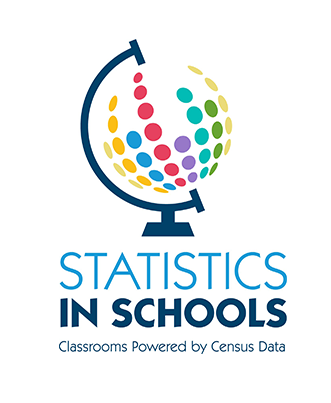Exploring 19th-Century Child Labor Laws in the United States
Activity Description

Students will examine historical photographs and a data table related to 19th-century industrialization and child labor. They will observe and analyze the primary sources and ask questions. This activity could be used near the beginning of a unit on industrialization or the Progressives.
Suggested Grade Level
9-11
Approximate Time Required
30-45 minutes
Learning Objectives
- Students will be able to analyze multiple primary sources to better understand the causes and consequences of child labor in the 19th century.
- Students will be able to make inferences from information in a data table and historical photographs to explain child labor in the context of industrialization in the United States (1870-1900).
Materials Required
The student version of this activity, 7 pages; it contains images that should be printed in color.
Activity Items
The following items are part of this activity.
- Breaker boys, Woodward Coal Mines, Kingston, Pa.
- A group of berry pickers on Newton’s Farm, Cannon, Del.
- Gainful Workers, Aged 10–14, in the United States, 1870–1930
Teacher Notes
Blooms Taxonomy
Analyzing


Students will understand and analyze data from multiple sources.
Subject
High School History
Topics
- Child labor
- Late 19th-century industrialization
- Progressive movement
Skills Taught
- Analyzing historical photographs
- Examining primary sources
Page Last Revised - October 8, 2021




